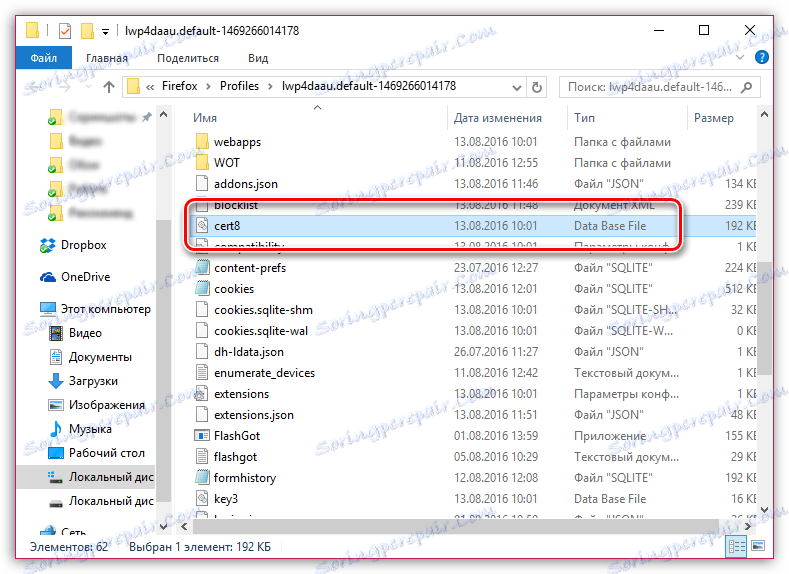


However, SSL encryption protects all information that passes through the browser to the server, including logins and passwords, and even web admin credentials. It used to be that only websites that handle payments need SSLs. FAQ about Google’s not secure warning Is SSL only for eCommerce sites? For more information on the difference of websites with or without an SSL certificate in place, read our article HTTP vs. The notification does not mean that your site is compromised or not functioning correctly. If you’re seeing the Not Secure error, it likely means that your site doesn’t have an SSL certificate and is not using the HTTPS protocol. This is part of Google’s initiative to make the web more secure. As explained in this article on securing your website, any website accessed with this version of Chrome will display a “Not Secure” warning if it does not use a secure connection (HTTPS). Sometime in July, Google will release the newest version of Chrome. However, it may just be that your website’s security isn’t up to Google’s standards.

If you’re seeing the warning “Not Secure” in front of your domain name, you might think your site has been compromised. What does it mean when a site is not secure? If you’ve been online for even a short amount of time, you probably know that sometimes bad things can happen to good websites. Yet, like a wild animal, it can sometimes be dangerous. Let’s explore the change and what it actually means to website owners and marketers. Many website owners are now wondering what does it mean when a site is not secure. Now, Google’s browser will display a “Not Secure” warning next to the website in the address bar if the site is not secured with HTTPS.
YOUR CONNECTION IS NOT SECURE FIREFOX PROBLEM UPDATE
UPDATE - JULY 24, 2018: Today Google began rolling out Chrome 68.


 0 kommentar(er)
0 kommentar(er)
